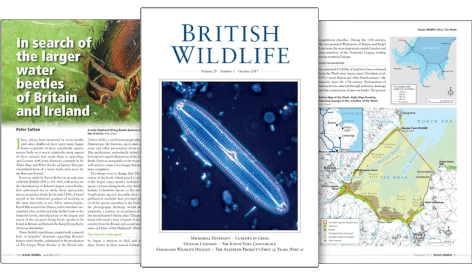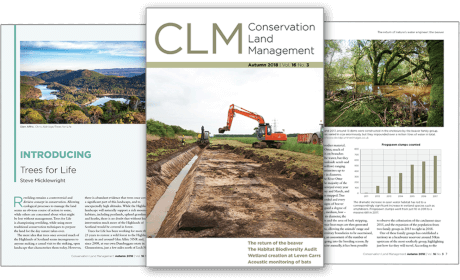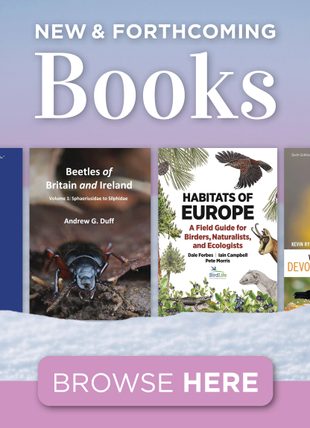By: Michael Stephen Clark(Author)
285 pages, 4 b/w photos, 5 maps, 22 tables
![The Fragmented World of the Mongoose Lemur The Fragmented World of the Mongoose Lemur]()
Click to have a closer look
About this book
Contents
Customer reviews
Biography
Related titles
About this book
The Fragmented World of the Mongoose Lemur is a book about a critically-endangered species; fractured ecosystems; and the global war on nature. It is a compelling story in which author Michael Stephen Clark reveals the fundamental paradox of the mongoose lemur’s natural history.
The mongoose lemur Eulemur mongoz is native to NW Madagascar where it survives in severely fragmented habitat. It was long ago introduced to Anjouan in the neighbouring Comoro Islands, where it appears to be thriving as a naturalised species. The prospects for free-living populations of mongoose lemurs vary considerably, but all are subject to alarming rates of habitat destruction. The captive population, itself scattered across the world in various zoos, is also diffuse and disconnected. Fragmentation is, therefore, a fact of life for the mongoose lemur.
The Fragmented World of the Mongoose Lemur is a modern natural history that also includes personal memoir and journalistic commentary. It is a book about a species whose destiny has been utterly compromised by human interference of one kind or another. It will only survive the anthropogenically-driven “sixth great extinction” as a viable being if we deem it so. Its story has been (and will be) repeated for many other organisms on our planet until they become little more than a distant memory.
Contents
Preface
Acknowledgements
Dedication
Introduction
Part One – The Mongoose Lemur in Its World
1. Lemurs in General
2. Life History of the Mongoose Lemur
3. The Mongoose Lemur on Madagascar
4. The Mongoose Lemur in the Comoros
5. The Mongoose Lemur in Captivity
Part Two – Anjouan Diary
6. Outbound
7. Village to Village
8. Anjouan Recollected
Part Three – The Mongoose Lemur in the Anthropocene
9. Island Endemics
10. The Nature of Fragmentation
11. The Zoo in the Wild
12. VORTEX
13. Prospects and Perspectives
14. The Earth Without Us
Customer Reviews
Biography
Michael Stephen Clark is a natural historian, author, and publisher with a c.v that encompasses scientific reports, press communications, web content, grant writing, and journalism. His fiction in print includes Oathlaw, Frank Buckland’s Visit to the 21st Century, and Darkling Intruder. Michael’s first full-length non-fiction work was Mr Buckland, Mr Walpole and Mr Young: Around Scotland with the Fisheries Men – a detailed account of the Scottish Herring Fishery in the 19th Century. His books for young people, such as Erin Greengloves and Her Big Fight with Gunnar Lokka the Giant and Pedro Jack the Sailor, are cautionary tales that strongly reference natural history and nature conservation. Michael has also written and produced two volumes of short stories and novellas.
By: Michael Stephen Clark(Author)
285 pages, 4 b/w photos, 5 maps, 22 tables
"Michael Stephen Clark's book about the critically endangered mongoose lemur is a fascinating and comprehensive round of up of species fragmented existence [...] The use of the mongoose lemur to demonstrate the profound effect of anthropogenic activity on nature very effectively illustrates the issues faced by many species globally. The book is accessible to an informed, general readership, and makes wonderful reading for experts and enthusiasts alike. In depth coverage about broader topics such as conservation on the island of Madagascar and the issues faced by island endemics pose broader questions about the successes and failings of conservationists working in these areas."
– Laura Charlotte Praill, primatologist, Primate Eye, The Journal of the Primate Society of Great Britain






















